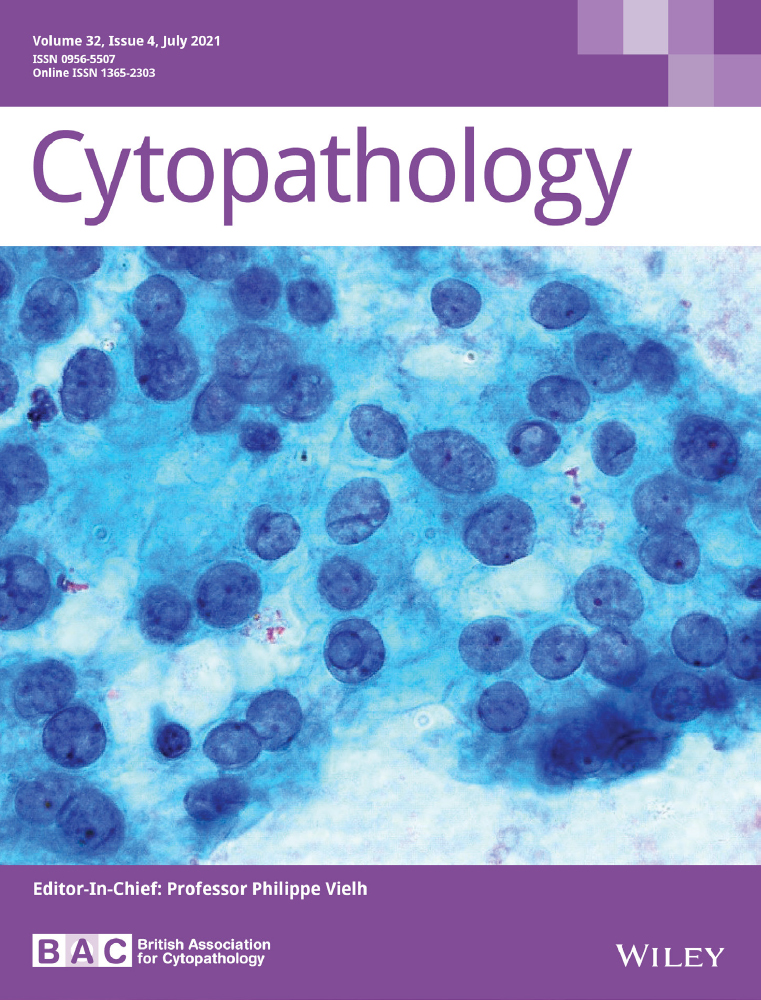Diagnostic utility of rapid on-site evaluation of endobronchial ultrasound-guided transbronchial needle aspiration samples: A study in a region of high tuberculosis burden
Abstract
Introduction
Endobronchial ultrasound-guided transbronchial needle aspiration (EBUS-TBNA) has emerged as a very useful tool for precise diagnosis of thoracic lesions. However, the procedure sometimes has a poor yield. Rapid on-site evaluation (ROSE) in EBUS-TBNA has been shown to be helpful to improve its diagnostic yield and minimise the need for repeat procedures. Most of the studies that have evaluated the utility of ROSE have focused on malignant lesions; however, it is important to understand its utility in benign lesions, particularly in a country with a high tuberculosis burden.
Objective
This study was undertaken to evaluate the utility of ROSE in EBUS-TBNA for the diagnosis of patients presenting with mediastinal lymphadenopathy and/or thoracic mass for benign and malignant pathologies.
Methods
This was a prospective study including 47 patients who underwent EBUS-TBNA for thoracic lesions (lung masses and hilar/mediastinal lymphadenopathy) over a 10-month period at a single tertiary care centre. In addition to ROSE and definitive cytology, the aspirated material was also sent for cell block and microbiological studies. Endobronchial/transthoracic biopsy was conducted for histopathological evaluation (HPE) where required, at the discretion of the clinician. ROSE diagnosis was then compared with the final diagnosis.
Results
Of the 47 patients examined using ROSE, granulomas were observed in 33 cases, non-specific inflammation in six cases, and malignancy in five cases; one case was inconclusive and the sample was found to be inadequate in two cases. The ROSE assessment matched the final diagnosis in 84.45% patients.
Conclusion
ROSE is a simple procedure that is able to provide an immediate and accurate assessment of adequacy and has a significant yield, enabling a preliminary diagnosis to be made in both benign and malignant samples.
Abstract
This study evaluates the efficacy of rapid on-site evaluation (ROSE) in endobronchial ultrasound-guided transbronchial needle aspiration (EBUS-TBNA) for the assessment of the adequacy of specimen sampling and compares preliminary ROSE diagnoses to final diagnoses made in patients with clinical and radiological suspicion of granulomatous or malignant pathology.
CONFLICT OF INTEREST
Authors declare that there is no conflict of interest.
Open Research
DATA AVAILABILITY STATEMENT
Data available on request from the authors.




